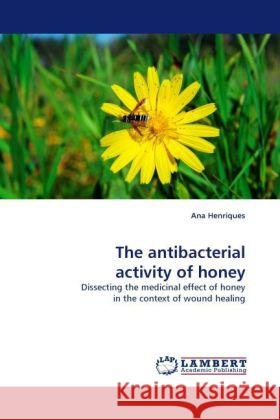The antibacterial activity of honey » książka
The antibacterial activity of honey
ISBN-13: 9783844399684 / Angielski / Miękka / 196 str.
Honey is an old remedy recently rediscovered as a possible alternative to modern antibiotics in wound management but its mode of action is not fully understood. The antibacterial activity of honey can be divided into hydrogen peroxide and non-hydrogen peroxide-derived activity. This later type of activity is characteristic of honeys from Australasia (e.g. manuka honey) and preferred for wound management, although historically local honeys have been used. The main aim of this study was to investigate the mechanisms of antibacterial action of manuka honey, but also other local honeys. This work shows that the non-peroxide activity is also found in local honeys and that the antibacterial activity of honey on wound infecting microoganisms is distinct in terms of targets of activity. For Gram negative it seems to act by physically disrupting the cell wall, whilst for Gram positive is appears to have physiological effect on cellular processes such as cytokinesis. By the end it was possible to elucidate some of the aspects that make this natural product atractive for modern medical use.











